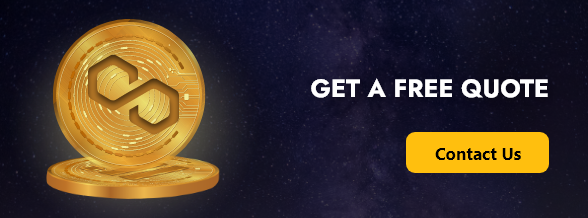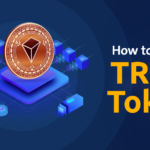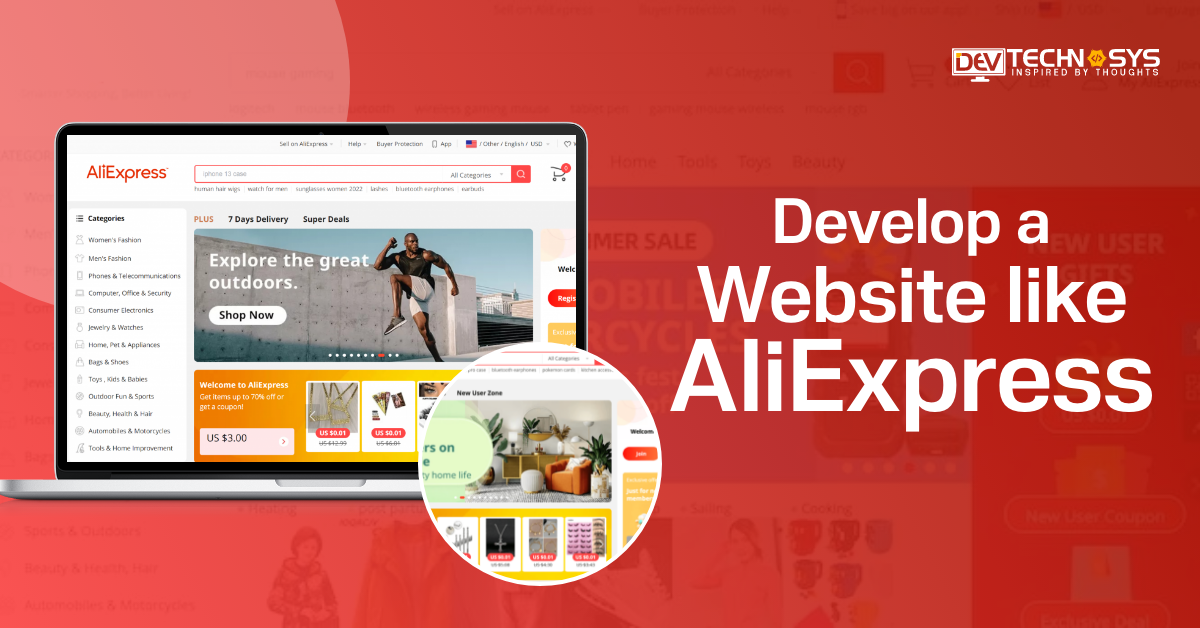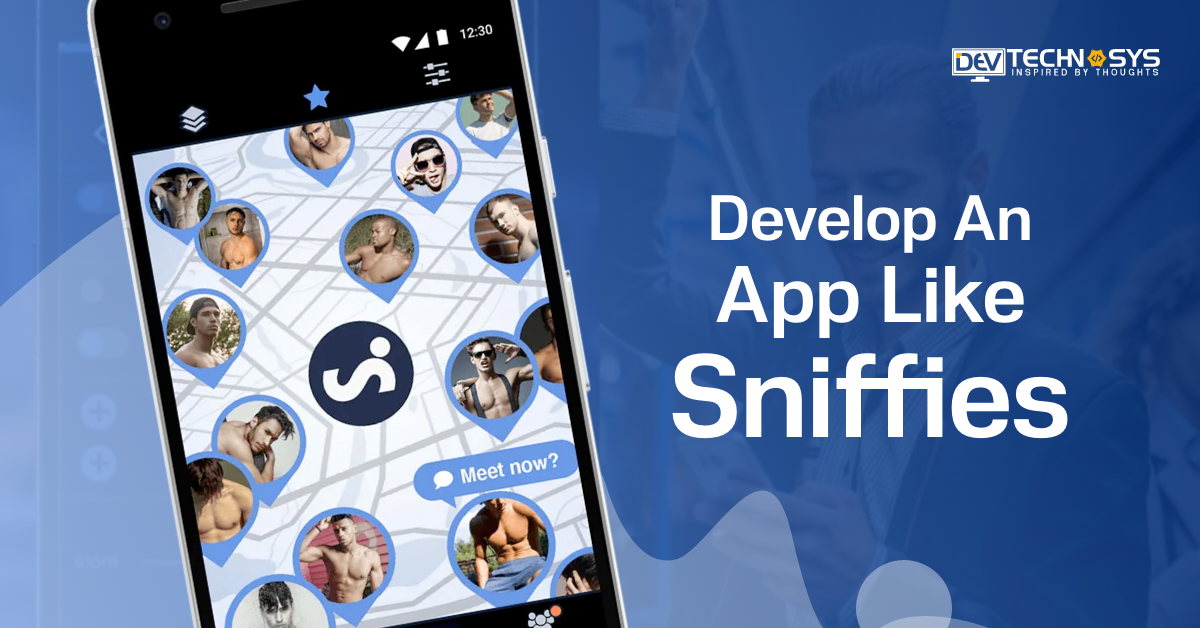“Polygon is a must-watch project for anyone who is interested in the future of Ethereum.”
– Kain Warwick
Are you seeking polygon token development? If yes, then this blog will help you. Technology has exploded in recent years, and numerous industries have begun to implement it in their own business areas. One of these well-liked technologies is blockchain technology.
Blockchain is considered a virtual ledger that stores all digital information in an extremely secure manner. Each bit of information entered into a blockchain is collected in blocks and linked to nodes.
The benefits of blockchain, such as its transparency, accessibility, and high level of security, have made it popular. In the crypto-ecosystem, there are many blockchains, including Ethereum, Tron BNB chain, Polygon and Solana. Polygon, among these blockchains, is the most popular in crypto.
This blog will discuss the Polygon token, how to Build Polygon Token, and other aspects related to polygon Token development.
Let’s dive into this article.
Table of Contents
What is Polygon Token Development?
Polygon, a blockchain developed in 2017, has gained popularity over the years. The polygon blockchain started out as a Matic-based network, but was rebranded in 2021 to become the polygon network. Matic was later adopted as the native currency for the polygon blockchain.
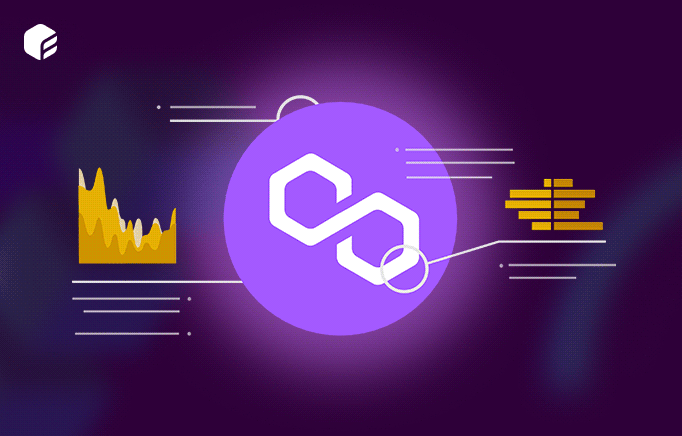
This open-source platform development is shown as the creation of crypto tokens using the polygon blockchain. Polygon, an Ethereum-based system, was created by extending the features of Ethereum. It has high efficiency, scalability and security features.
Tokens are accessible on the Polygon blockchain for a range of uses, including staking, paying gas fees, voting on Polygon enhancements, and more.
How Does Polygon Token Creation Work?
Polygon Token development on the Ethereum blockchain is very similar to producing crypto tokens or building your token on the Polygon blockchain. However, it’s faster and cheaper. Polygon networks have side chains that act as separate blockchains. This allows tokens and crypto assets to be transferred securely from one blockchain network to another.
Polygon networks’ modularity allows developers to pre-configure their blockchain networks in one click. This is possible because of the ability to create custom blockchains, create the latest technology, or create your own token. These features for creating tokens make it easier to create entire tokens using polygon networks.
How Does Polygon Differ From The Ethereum Blockchain?
Ethereum, though a standard and well-known blockchain in the crypto ecosphere, also has complications when viewed from the perspective of the user. These Ethereum blockchain complications include:
- High gas fee
- No sovereignty
- Productivity is low
- Limited transactions can only be processed
- Low satisfaction
Thus, Polygon was developed to avoid these complications in the Ethereum ecosystem. Polygon blockchain is the most popular blockchain due to its advanced features.
Similar to the Ethereum Blockchain, but more quickly and inexpensively, you may generate tokens on the polygon blockchain. We will now discuss the advantages of creating polygon tokens that are approved by an ethereum development company.
Benefits of Polygon Token Development
The benefits to create token on polygons can give you a competitive advantage over Ethereum. The following are some of the benefits.

1. Low Transaction Fee
The polygon is able to confirm transactions in a single block faster than ethereum, at a rate of 2.1 second. The transaction fee of ethereum is lower due to the consensus mechanism. The average transaction charge levied by polygon is $0.01. Users are switching to polygon to reduce their gas fees due to the aggressive ethereum gas fee charged for NFT transactions.
2. Apps Preferred by DeFi
DeFi applications found that polygon was the best Ethereum alternative. A better user experience is obtained as a consequence of the decreased petrol cost and increased transaction speeds. DeFi has moved many projects to the polygon network, and developers are able to easily create dApps using this chain because it is similar to Ethereum protocols.
3. Staking Rewards
Polygon offers maximum stake benefits to its users who keep the tokens in their possession for a set period. These staking users will be responsible for the liquidity and the matic tokens, which are the native tokens of Polygon. The crypto community is prompted to purchase a large number of matic tokens by the incremental ROI.
4. Highly Scalable
Networks built on EVM may be able to communicate with the polygon chain. Polygon can become scalable by allowing developers to access EVM networks. With the open contribution of EVM networks, any new apps or projects deployed on the Polygon chain can become scalable.
Features of Polygon Token Development
The polygon, as we have discussed previously, is built using the latest and improved features available on the Ethereum blockchain. The polygon is a multi-chain because it incorporates all of the advanced features. Polygon overcomes all of the problems that Ethereum has. The polygon tokens is characterized by:
1. Fast and Cheap Transactions
Users who wish to stay away from hefty transaction fees and lengthy confirmation periods may find MATIC to be an appealing alternative because transactions on the Polygon network are cheaper and faster than those on the Ethereum network.
2. Staking and Governance
Users can stake MATIC to become validators and earn rewards by securing the Network. MATIC holders are also able to participate in the governance and management of the network, by voting and proposing changes.
3. Liquidity
MATIC is a liquid provider for decentralized exchanges and automated market-makers (AMMs), on the Polygon Network, which allows users to receive rewards by providing liquidity.
4. Interoperability
MATIC can be interoperable with tokens from other networks and allows for the transfer of data and assets across blockchains.
5. Scalable
MATIC is a key component of the Polygon network, which provides a scalable platform for Ethereum-based dApps.
6. Ecosystem Development
The Polygon team has been actively building an ecosystem on the network of dapps and services. As the network expands, this is anticipated to increase demand for MATIC.
Polygon tokens are a popular choice for new entrepreneurs because of their features. Many companies are experienced in creating polygonal tokens. We recommend that you hire an dApps Development company in order to achieve the desired results. A single mistake could cost you a great deal.
How to Build Polygon Tokens?
You can now move on to this article’s main topic “polygon Token development”. You can do this by following the steps below and taking assistance from a blockchain development company:
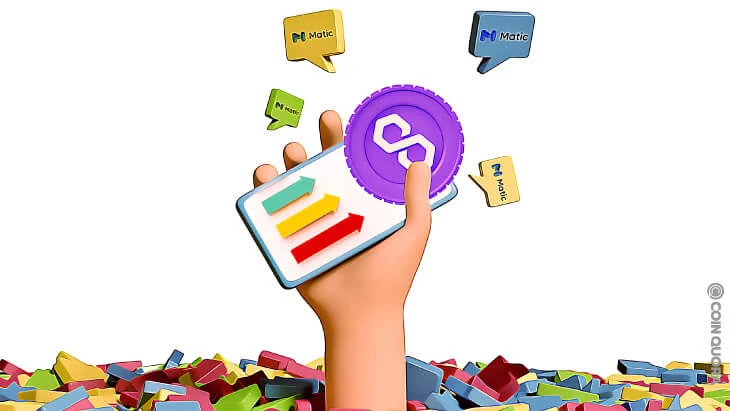
1. Create a New Remix File
Remix can be launched by clicking on the following link: https://remix.ethereum.org. The IDE, or integrated development environment, for developing Ethereum is called Remix. The IDE provides functionality for creating smart contracts, as well as for compiling and deploying Solidity based contracts.
Remix comes with a pre-configured workspace. This workspace will have a few folders containing contracts, scripts and tests. You can view smart contracts in the contracts folder to get an idea of how they might look. For this example, however, you will simply right-click on the contracts folder, and select “New File”.
This will create a new contract, which you can call whatever you like. You will name the file “Token.sol” as you are creating a token. This “.sol” specifies the Solidity programming languages will be used to write the contract.
Read More: How Much Does It Cost To Hire A Blockchain Developer?
2. Visit OpenZeppelin
OpenZeppelin offers an extensive selection of templates, including for tokens of all kinds. You can use the website without having to have any previous development skills. The website is also open-source and anyone can access the templates.
ERC-20 Tokens are a great choice for the Polygon Network, which uses the Ethereum Virtual Machine. Browse the OpenZeppelin official website to find a template that suits your needs. You can also import the OpenZeppelin packages that allow polygon Token development.
3. Create the Smart Contract
You can see in the screenshot that there are some important components. If you prefer, however, you can also copy the entire template from OpenZeppelin. The first element in the token is the pragma.
This line indicates which version of Solidity you are using. You need to import Open Zeppelin after the pragma. You can find the line to import the correct package on the Open Zeppelin website and in the documentation.
After the package has been imported, you can now move onto the token. In the contract constructor, the name of the coin and the symbol for the token can be freely changed.
In the curly brackets of the constructor, you can freely specify how many tokens will be minted after the coin has been deployed. The “msg.sender’ line indicates that the person who deploys the token will be receiving the specified amount.
By carrying out these steps, the smart contract development for your token on the Polygon network is possible. To fit your unique needs, don’t forget to customize and add more features. Before implementing the smart contract on the Polygon network, thoroughly test and examine it.
4. Compiling a Contract
It is now time to compile the contract. This process is made easy by using Remix. The first thing you need to do is select the “Solidity Compiler” tab from the navigation bar on the far left of Remix. you must first choose the right compiler. The version that was supplied in the pragma when you established the contract must match this one.
After selecting the contract you will need to select the correct file. In this case, you can hire dedicated developers who can compile token contracts. The developers will then click on the blue compile icon. The contract will be compiled and you can move onto the next step, which is deploying it.
5. Deployment of the Contract
After the contract is compiled, you can deploy your token on the blockchain. You need to decide whether you want to deploy the contract to the mainnet directly or first start on the testnet. Here’s where the newly acquired MATIC comes in, since you will need to pay a fee for deployment.
In the navigation bar on the left, click the “Deployment” tab. This is located immediately beneath the “Solidity Compiler”. First, you must specify the environment. Set this to “Injected Web3”. After selecting the network, you only need to ensure that MetaMask has been connected. This will be different if you’re deploying tokens to either the mainnet, or testnet. Once you have determined this, you simply need to hit the deploy button in order to Build Polygon Token.
To avoid these situations, you can contact a renowned Polygon Blockchain Development company in the crypto-space for efficient token development. Each client reviews the profile of the company and its features before choosing a company.
Polygon Token: Use Cases
Here are some use cases that you must check out:
1. DeFi
DeFi, as we have said previously, has shown a great deal of interest in Polygon-based tokens. Aave Uniswap and Compound, the three largest DeFi giants, have adopted polygon blockchain for their operations. The Polygon layer 2 protocol can achieve lower transaction fees. The layer 2 protocol is a blockchain protocol which can be run in parallel networks. It performs operations in a different scenario.
2. NFT
NFT is the most likely to benefit from the Polygon network. NFT users are usually charged a higher transaction fee called gas fees. It depends on which NFT marketplace you are using. When NFT is minted on the polygon chains, the users can reduce gas fees as the Ethereum network congestion is its major disadvantage.
NFT Marketplace Opensea has already integrated a polygon-chain into their operation. The marketplace claims it can complete every NFT transaction for a minimum fee.
3. Gaming
The majority of in-game items are available via NFT. Polygon Blockchain will help to increase the NFT trade, allowing more web3 games to be integrated in the future. A fantastic approach to create materials that work with other NFT games is with Polygon. Polygon adoption can lower the entry barrier for most newbies gamers
How Much Does it Cost to Build Polygon Tokens?
The cost of a polygon Token development based network is dependent on many factors, such as the type of business you are running, the number of tokens that you plan to launch, the complexity of your project, and the developer that you select.
- Your business’s industry or domain.
- What features do you want in your token?
- Your token’s UI/UX should be designed to match its functionality.
- hire blockchain developer
- You can choose the number of tokens that you wish to use.
- Your business’s location.
These factors will affect the price of creating a Polygon Token in every project. The majority of developers currently charge between 15000-30000 dollars for blockchain development services. The development process takes only a few days.
Conclusion
A scalable and affordable approach for projects wishing to use blockchain technology is to create tokens on the Polygon network. Polygon provides a stable environment for token production thanks to its Layer 2 scaling mechanism and interoperability with Ethereum’s ecosystem. You may gain from Polygon’s quicker transactions, cheaper costs, and improved interoperability.
The development of tokens is improved further just when you hire blockchain developers, who can provide security, customisation, and continuous support. Take use of the Polygon token’s potential to expand your options in the decentralized world.
Frequently Asked Questions
How Much Time Does it Take to Build a Polygon Token?
The time required to build a Polygon Token can vary based on factors like token complexity, development expertise, and team size. On average, it may take 4-6 months for token development, including smart contract creation, testing, deployment, security audits, and interface design. However, it would be better to consult a mobile app development services provider for better results.
How Can I Verify the Code of My Polygon Token’s Smart Contract?
To verify the code of your Polygon token’s smart contract, you can use blockchain explorers like Etherscan or PolygonScan. These platforms allow you to submit your smart contract’s address and source code for verification. Once verified, users can review the contract’s code and gain confidence in its functionality and security.
How to Develop a Crypto Trading App?
To develop a Crypto Trading App, you should follow these steps:
- Define app features and target audience.
- Design an intuitive user interface.
- Choose a reliable backend infrastructure.
- Integrate popular crypto exchanges.
- Implement robust security measures.
- Test thoroughly.
- Launch the app and provide continuous updates and support.
Is Polygon an ERC-20 Token?
ERC-20 is the standard token for Smart Contracts. ERC-20 tokens can be exchanged, and they have value. They can also be sent or received. Non-Fungible Tokens are unique tokens that cannot be exchanged. ERC-20 tokens.
MATIC is by default an ERC-20 Token, which means that it can exist on both networks – Ethereum as well as Polygon – in the same form and shape. You will need a bridge to get these ERC-20s to the Polygon Network.
How to Deploy a Token onto a Polygon?
The native token for the Polygon Network is MATIC. Polygon Blockchain is a leading platform that functions as a multi-chained protocol and enables centralized management. Polygon development lowers entry barriers for NFTs, allowing non-crypto users to participate in the digital economy.
Follow these steps to deploy the ERC-20.
- Connect your MetaMask wallet first to the Polygon Mainnet.
- Add Polygon tokens into your wallet.
- Create a Polygon app/node.
- Edit hardhat configuration.
- Activate the compile/deploy instructions.


